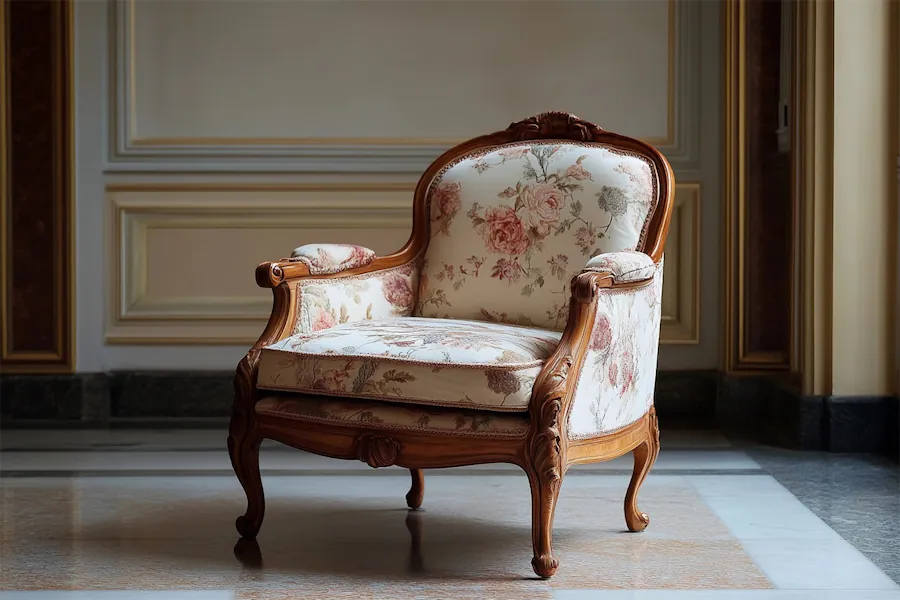Classical chairs are seating furniture designs that draw inspiration from the art and architecture of ancient civilizations, notably Greece and Rome. Renowned for their elegance, symmetry, and proportion, these chairs have transcended time, influencing furniture design across various periods and styles.
History and Origins of Classical Chairs
The origins of classical chairs can be traced back to ancient Greece, where the klismos chair emerged as a prominent design. Characterized by its graceful curves, the klismos featured a curved backrest and splayed legs, exemplifying the Greek emphasis on aesthetics and ergonomics. This design was widely depicted in Greek pottery and reliefs, indicating its prevalence in ancient Greek society.
In ancient Rome, the curule seat was a symbol of political and military power. This foldable chair, often crafted from ivory or metal, was reserved for high-ranking officials and magistrates. Its distinctive X-shaped frame not only signified authority but also showcased Roman engineering prowess.
During the Renaissance, there was a revival of classical forms, leading to the reintroduction of designs like the Savonarola and Dante chairs in Italy. These chairs, with their intricate carvings and folding mechanisms, were reminiscent of ancient Roman designs and became symbols of status and intellect.
Key Features of Classical Chairs
Classical chairs are distinguished by several hallmark features:
- Symmetry and Proportion: Emphasizing balance and harmony, these chairs often adhere to the classical ideals of proportion.
- Curved Lines: Designs like the klismos incorporate graceful, flowing lines, particularly in the legs and backrest, enhancing both aesthetics and comfort.
- Ornamentation: Motifs such as acanthus leaves, fluting, and other classical elements often adorn these chairs, reflecting the decorative arts of their respective periods.
- Materials: Traditionally crafted from fine woods like mahogany or walnut, some designs also feature metal or ivory components, especially in high-status pieces.
Applications of Classical Chairs
Classical chairs have been utilized in various settings:
- Domestic Interiors: In ancient times, chairs like the klismos were common in Greek homes, serving both functional and decorative purposes.
- Official and Ceremonial Use: The Roman curule seat was reserved for magistrates and officials, symbolizing authority and governance.
- Modern Interiors: Today, reproductions and adaptations of classical chairs are incorporated into interior designs to evoke elegance and timelessness. Designers often blend classical motifs with contemporary aesthetics to create pieces that honor tradition while fitting modern spaces.
Considerations When Choosing Classical Chairs
When selecting a classical chair for your space, consider the following:
- Authenticity: Determine whether you prefer an antique piece, a reproduction, or a modern interpretation inspired by classical designs.
- Craftsmanship: High-quality materials and construction are essential for durability and maintaining the chair’s aesthetic appeal.
- Comfort: While classical designs are renowned for their beauty, ensure that the chair provides adequate comfort, especially if it will be used regularly.
- Integration with Existing Decor: Consider how the chair’s design, materials, and colors will harmonize with your current interior style.
Conclusion
Classical chairs, with their rich history and enduring designs, continue to captivate and inspire. Whether as functional seating or as statement pieces, they bring a touch of antiquity’s elegance into contemporary spaces, bridging the past with the present.
